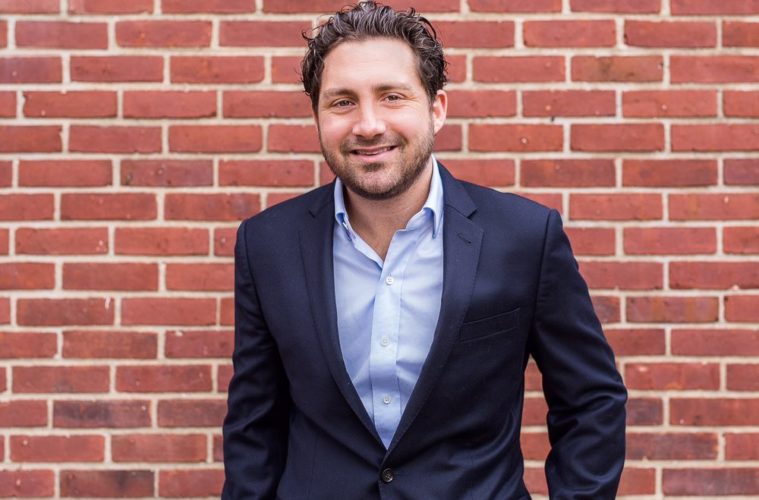*Brand Partner Content*
The opioid epidemic has accelerated significantly over the past decade. It is now so bad that people are sometimes dying after taking a single fentanyl-filled pill. As an opioid that is 50x more potent than heroin and 100x more powerful than morphine, it has become especially dangerous in exacerbating the opioid crisis.
Thankfully, there are novel approaches to treating powerful opioid addictions. Dr. Russell Surasky has become a pioneer in using Vivitrol, detox, and spinal adjustments as a trifecta of effective addiction elimination.
There are specific neurological changes that occur in the brain in someone who is addicted to opioids. If they aren’t reversed, then no amount of counseling will ever help someone overcome the addiction. That is why Dr. Surasky has been administering the non-addictive medication Vivitrol to his patients. This medication is only needed to be received once a month via injection, and only for a year. The results include a significant reduction in the cravings for opiate drugs. It’s safe due to Vivitrol not being an opiate.
Suboxone and Methadone are currently popular opioid addiction treatment medications that are themselves opiates. That means they are addictive and lead to dependence. Vivitrol, on the other hand, is not an opiate derivative and doesn’t lead to any feelings of being high or sick. Instead, nothing happens as far as the patient is concerned. What they do notice is a lack of cravings for opioids.
To help avoid severe withdrawal symptoms, Dr. Surasky has included a detox program to go along with Vivitrol treatments. This includes using Lucemyra and others, which quickly eliminate unwanted withdrawal symptoms. This is vital in reducing the amount of time needed to be treated with Vivitrol.
Simple spinal adjustments are also part of the treatment process for opioid addiction. These involve making painless adjustments to the upper cervical spinal bones, which supports the improved movement of cerebrospinal fluid to the brain. These spinal adjustments involve the limbic system, which can help speed up the process of speeding up the effects on the brain that resulted from opioid addiction. After taking some diagnostic tests to determine if misalignment exists in the upper spine, the adjustments may or may not be done.
Countless patients have already been praising the methods Dr. Surasky provides at Bridge Back to Life, which is a program specially designed to help patients suffering from opioid addiction. The innovative approach that Dr. Surasky has employed is now being looked at by others, and is likely to become widely adopted in the coming months and years. There is a silent battle being waged right now that is looking to conquer opioid addiction. Using the approaches to treatment like the one Dr. Surasky has been using, it looks like the battle may finally be won soon.
Advertising disclosure: We may receive compensation for some of the links in our stories. Thank you for supporting LA Weekly and our advertisers.

